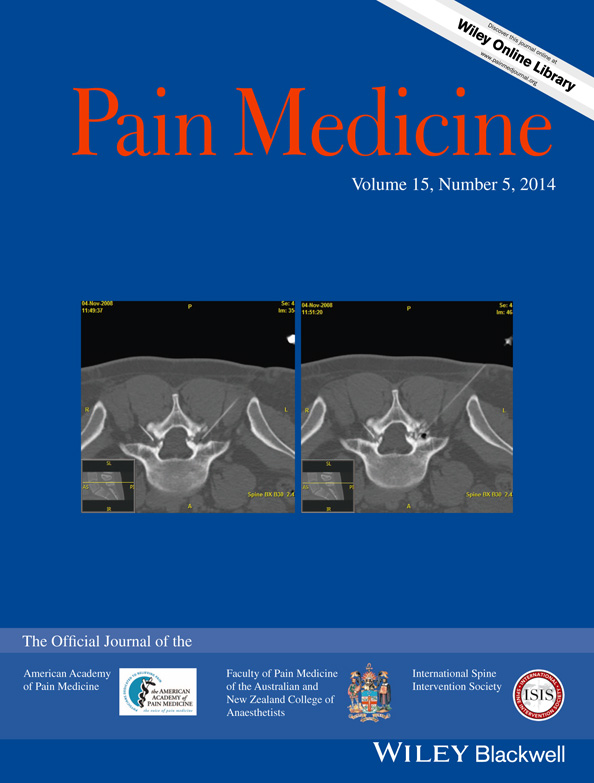Safety, Tolerability, and Short-Term Efficacy of Intravenous Lidocaine Infusions for the Treatment of Chronic Pain in Adolescents and Young Adults: A Preliminary Report
Abstract
Objective
To provide pediatric care providers with insight into lidocaine infusions for analgesia.
Aim
This retrospective review was conducted to describe lidocaine infusions for chronic refractory pain within the adolescent and young adult pain population.
Setting
Although lidocaine infusions have been used for pain management in adults, their analgesic utility in the adolescent and young adult population is limited and so is the evidence for their efficacy and safety.
Methods
After Institutional Board Review approval, a retrospective review of efficacy and safety data for analgesic use of lidocaine was conducted.
Results
Fifteen patients received 58 infusions with 76% receiving relief where maximum relief was seen among patients with starting pain scores ≥6/10 (mean reduction 2.3 vs 0.5, P value = 0.006) and when a patient had three or more infusions (mean reduction 1.7 compared with 1.2). No serious side effects were encountered, but only mild or moderate side effects that did not require any intervention. Incidence of tingling or numbness and nausea or vomiting seemed to correlate with total dose of lidocaine per kilogram body weight. Patients reported reduced pain scores (6.3 ± 2.3 to 4.6 ± 2.5 before compared with after the infusion [as mean ± standard deviation]) during 80% of infusions.
Conclusions
Our limited experience suggests that lidocaine infusions are well tolerated in the adolescent and young adult pain population, with side effects resolving quickly with interruption or discontinuation of the infusion if necessary. Future studies are warranted to examine safety, efficacy, mechanism of actions, and its long-term impact on a developing central nervous system.




